What is a Spectrometer, Spectrophotometer, Spectroradiometer?

Spectral devices Introduction
In the realm of spectral devices, three devices stand out: a Spectrometer, a Spectrophotometer, and a Spectroradiometer. However, these terms have been so interchangeably used that we felt obligated to clarify their differences in one short article.
Spectral devices are instruments that can accurately measure, identify, and quantify the specific characteristics of colors contained in light from a source. From this data, they can produce a Spectrum.
What is a Spectrometer:
A spectrometer measures the characteristics of light coming from a light source. These devices may also be called Light Source Spectrometers or Optical Spectrometers.
The light source could be natural (e.g., sun) or artificial (e.g., LED light). The spectrometer dissects incoming light into its constituent wavelengths, unveiling the spectrum. At the same time, it can deduce LUX, CCT, Chroma Map, Flicker, and many other lighting metrics.
They are used in commerce, government agencies, lighting design, manufacturing, cinema, research, and education to test and validate the accuracy and quality of light sources.
Read more: What is the difference between a spectrometer and colorimeter?
What is a Spectrophotometer:
A Spectrophotometer is used to identify specific materials based on how they interact with light, particularly reflection, absorption, and fluorescence. For example, it could be used to see if a water sample contains heavy metals.
A cuvette with the water sample is placed into the Spectrophotometer. At one end, a light source shine light through the cuvette. If the water contains heavy metals, some of the light will be absorbed as a signature change to the light.
On the other side of the cuvette, spectral optical instrumentation measures the light. It records any changes in the incoming light and produces a light spectrum indicating the presence or non-presence of heavy metals.
Whether it’s determining the concentration of a substance, assessing its purity, or tracking chemical reactions, spectrophotometers offer precise insights into the molecular world.
What is a Spectroradiometer:
A spectroradiometer is a device designed to measure the “absolute radiation” energy emitted by a light source. This energy could possibly include the entire light spectrum: visible light, UV light, and infrared light.
“Absolute” means measuring the source of light with no light leakage (dispersal) or external light interference—in effect, you will need to cover a light source containing the light radiation to get a pure, quantitative measurement. To capture the absolute radiant energy from a light bulb, you usually contain the bulb inside of an Integrating Sphere, with the spectroradiometer capturing the data.
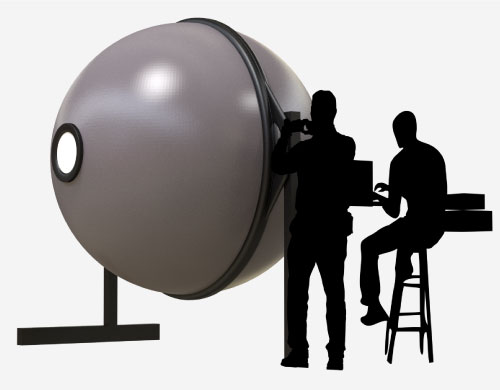
Fig 4a Integrating Sphere
UPRtek spectroradiometers measure absolute light radiation from display monitors (Fig 4b). Though they don’t encompass the entire screen, they are placed against it and can record the absolute radiation for a localized area. The spectroradiometer is then used to measure other locations on the screen to ensure consistent light emission from every location of the surface.
UPRtek Spectroradiometers are used by manufacturers of display monitors, TV screens, or any type of image display device to gain confidence in their light consistency, quality, and visual safety.
Conclusion:
In summary, spectrometers, spectrophotometers, and spectroradiometers each play distinct yet complementary roles in spectroscopy and radiometry. Spectrometers unravel the spectrum, spectrophotometers identify materials through light interactions, and spectroradiometers quantify absolute radiation from sources.
Together, these instruments empower light-related work to explore the complexities of light and matter, driving forward the frontiers of progress in light-related industries and research.
Related Posts:
About UPRtek
UPRtek helps companies and individuals discover and explore light and color using spectral, optical, and semiconductor technologies to help them promote better, greener, safer products.
We manufacture Spectrometers, Spectroradiometers, and Spectrophotometers.
See here for UPRtek Spectrometers.
See here for UPRtek Spectroradiometers.
See here for UPRtek Spectrophotometers.
Fig 7 UPRtek MT-1000 Spectrophotometer
Hot Product
2 Comments
Submit a Comment
Handbook Series
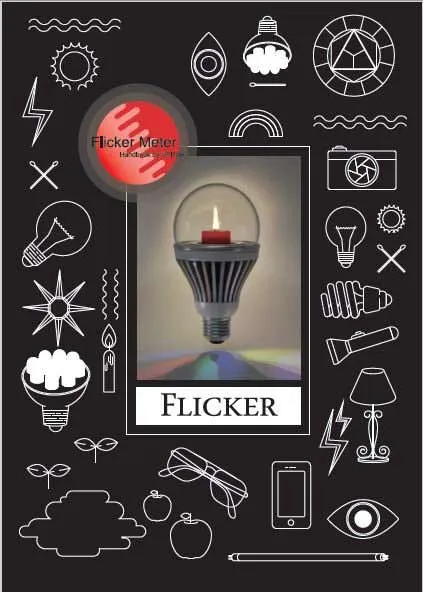
The Flicker Handbook
Everything thing you need to know about Flicker, an insidious, potentially serious lighting artifact impacting visual safety for public places like hospitals, offices, libraries, and more...
About UPRtek

United Power Research and Technology
UPRtek (est. 2010) is a manufacturer of portable, high-precision light measurement instruments; Handheld Spectrometers, PAR meters, Spectroradiometers, Light Calibration Solutions.
UPRtek HQ, R&D and manufacturing are all based out of Taiwan, with Worldwide representation through our certified Global Resellers.
Latest Articles
Category

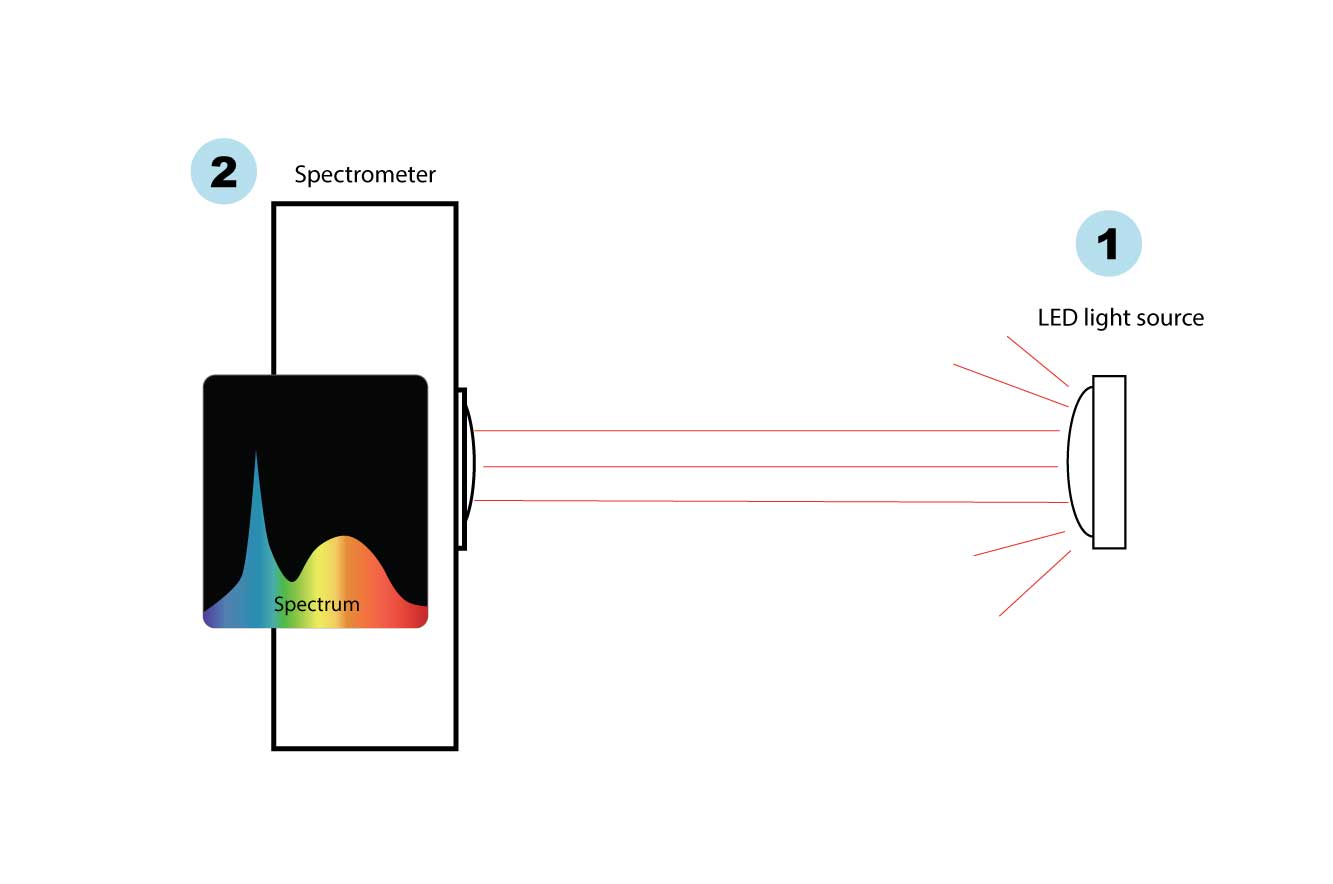




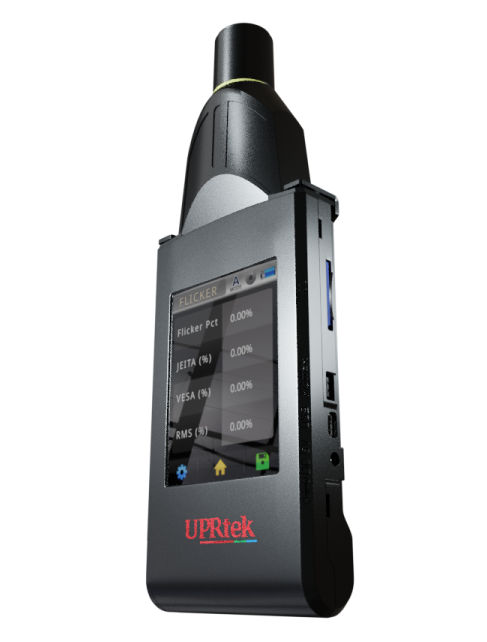






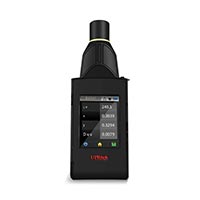

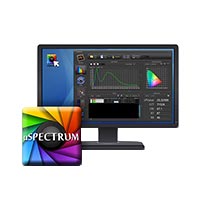
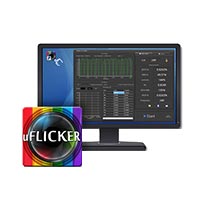
I want to buy your spectrometer. How do i buy?
Thank you Mr. Lim, hope you received our contact through email. Please feel free to download our Handbooks from our Download Center. Reach out through the Contact Form if you have any other questions.